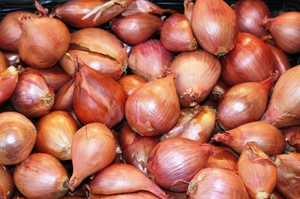 The family onion is a favorite plant of domestic gardeners. It is a type of common onion. The main taste difference of family onions is their increased juiciness and aroma. This type is also distinguished by low bitterness, so many appreciate it for its mild taste. The family onion got its name due to its belonging to the multi-primordial species.
The family onion is a favorite plant of domestic gardeners. It is a type of common onion. The main taste difference of family onions is their increased juiciness and aroma. This type is also distinguished by low bitterness, so many appreciate it for its mild taste. The family onion got its name due to its belonging to the multi-primordial species.
Content
Features of the family bow
Family bow has a number of distinctive featuresdistinguishing it from other types:
- The bulbs are oblong. The mass of each onion ranges from 25 to 50 grams, together they form a kind of nest, in which up to 30 bulbs can be located.
- The feathers of the family onion are thinner, less sharp and have a waxy surface.
- The bulbs tolerate long-term storage well.
- More delicate taste makes it possible to widely use family onions in cooking.
- Multi-bud onions can significantly increase yields from the same area.
Growing and care
The process of growing family onions is in many ways similar to the cultivation of common onions. However, there are some small peculiarities.
Soil preparation
Family bow prefers fertile soil, which can be heavier than for a regular onion. The soil must have a good drainage system. The acidity of the soil should be neutral. The best predecessors include potatoes, legumes, carrots.
Since autumn, it is recommended to add humus in the amount of five kilograms, as well as 25 grams of superphosphate and 15 grams of potassium salt per square meter.
Before planting, fertilizing with ammonium nitrate at the rate of 7 grams per square meter will play a positive role.
Landing dates
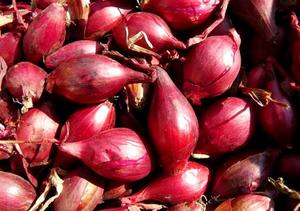 It is worth noting that the bow is a cold-resistant plant... At a sufficiently low temperature, its root system can develop intensively, but this will not be noticeable by the growth of leaves.
It is worth noting that the bow is a cold-resistant plant... At a sufficiently low temperature, its root system can develop intensively, but this will not be noticeable by the growth of leaves.
The root system can grow at temperatures from +2 to +25 degrees. At the same time, it will calmly endure frosts down to -6 degrees. The green part of the plant shows the best growth at temperatures from +15 to +25 degrees, which does not prevent it from successfully tolerating frosts down to -7 and heat up to +35 degrees.
These data should be considered carefully when choosing the optimal planting time.
If you miss the time and plant the bulbs with sufficient heating of the soil and air, the active growth of greenery will immediately begin, on which all the forces of the plant will be directed. At the same time, the root system will remain underdeveloped, which will negatively affect the future harvest.
Family bow allowed plant not only in spring, but also before winter... At the same time, an earlier harvest can be expected, and greens are formed 10–12 days earlier.
Landing scheme
The optimal distance is considered to be 20 centimeters between the rows and 10 centimeters between the bulbs.With this scheme, the consumption will be 1–1.5 kg of planting material per square meter of the bed. In this case, it is better to use medium-sized bulbs for planting. Small bulbs will not give a good harvest, so it makes sense to plant them only on greens.
It is impossible to underestimate the distance between the planted bulbs, since the harvest will be small enough.
Preparation of planting material
To harvest large bulbs, the planting material must be properly prepared. Preparation process can be divided into several stages:
 Cleaning planting bulbs from dry scales.
Cleaning planting bulbs from dry scales.- Etching in a solution of copper sulfate. To prepare the solution, use 1 tablespoon of vitriol per 10 liters of water. After the procedure, the onions must be rinsed with clean water.
- Soaking in a complex fertilizer solution. This process allows the bulbs to return moisture lost during storage, as well as replenish the supply of nutrients. The soak time is ten hours.
- Germination. Prepared onions are placed in a container and covered with a lid. The container must be placed in an unheated room until roots are five millimeters long.
- Cutting the bulbs in half. Some do not use this procedure, but it is very effective for getting larger bulbs in harvest. Fewer buds remain in each half, but as a result, larger bulbs are formed from them, since they will not be constrained by neighboring ones.
Planting family onions
If you plan to plant in the spring, you should wait until the soil warms up to +5 degrees... The entire disembarkation process can be divided into several stages:
- Loosening of the topsoil.
- Formation of furrows for planting.
- Furrow irrigation.
- Fertilization. As a rule, you can limit yourself to adding wood ash.
- Hilling plantings.
Plant care
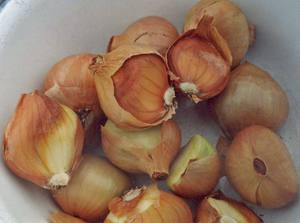 Until the emergence of seedlings ten centimeters long, nothing can be done. Watering and other care are also not needed. With this approach, the roots will begin to strive deep into the ground in search of moisture, which will have a beneficial effect on plant nutrition in the future.
Until the emergence of seedlings ten centimeters long, nothing can be done. Watering and other care are also not needed. With this approach, the roots will begin to strive deep into the ground in search of moisture, which will have a beneficial effect on plant nutrition in the future.
Further recommended mulch the soil... It is easiest to use cut weeds as mulch. There is no need to dry them. A layer of about ten centimeters should be maintained. When the mulch is dry, the bed will be covered with a porous, dense layer. This will not only enrich the soil with nutrients, but also protect the garden from weeds. The mulch will retain the moisture needed to feed the onions, and will also provide good air access and prevent the soil from overheating in the sun.
It is recommended to water the onion once a week at the rate of 20 liters per square meter.
As a rule, onions do not require additional feeding when growing. But if the leaves become small or begin to turn yellow and wither, you can add a solution of 10 grams of ammonium nitrate and 15 grams of potassium salt per 10 liters of water. Potash salt can be replaced with wood ash. As an organic fertilizer, we can recommend manure aged for three years, or bird droppings. Manure is diluted with water in a ratio of 1 to 10, and bird droppings - 1 to 15. If onions are grown on poor soils, then such feeding can be done twice. The first time fertilization is applied during the period of intensive development of greenery, and the second - at the beginning of the formation of bulbs.
In case of damage to plants by diseases or pests, spraying with a 1% solution of Bordeaux liquid should be carried out. It is important to remember that in this case, greens should not be eaten. Processing should be stopped ten days before harvest.
Harvest
You can start harvesting when half of the feathers wither. This happens most often at the end of July.You should not delay harvesting, since the bulbs will absorb excess moisture from the soil, which can activate the growth process, disrupting the dormant period necessary for storage. Shortly before cleaning stop watering.
Ripe onions are dug out entirely after the dew has dried. A sunny day is perfect for harvesting. During the day, the bulbs should lie in the garden in the sun, this will allow them to dry well. In the evening, the onions should be removed to a dark, cool place with low humidity, laid out in one layer. From this moment, the drying process begins, which lasts up to 15 days.
You can determine the readiness of the onion by the neck of the onion, it must be dry enough. When the onions are well dried, you can trim the feathers. For storage, select good bulbs without damage.
You can store family onions in boxes located in moderately warm rooms with low humidity.
Family onion varieties
Let's note the most popular among domestic gardeners family onion varieties:
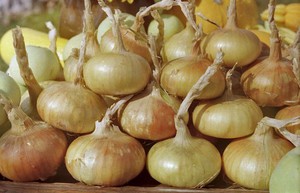 Old Believer. Bred in the Vologda region. The bulbs of this variety are characterized by a coppery pink tint. It has a lot of useful elements. The variety got its name due to the use of Old Believers for medical purposes. It is characterized by a relatively spicy taste.
Old Believer. Bred in the Vologda region. The bulbs of this variety are characterized by a coppery pink tint. It has a lot of useful elements. The variety got its name due to the use of Old Believers for medical purposes. It is characterized by a relatively spicy taste.- Velikoustyugsky. The variety is distinguished by rather large rounded bulbs. It has medium pungency.
- Knyazhich. This variety is characterized by oblong bulbs with pink flesh. Suitable for long-term storage.
- Prometheus. Large variety with a very mild flavor. Differs in increased productivity.
- Earring. Differs in yellow bulbs. It has a dense structure and a pungent taste.
- Albic. The bulbs are slightly flat. They have a weak pungency. The variety has a high yield of greens.
- Grant. The bulbs of this variety are bright yellow in color and have medium sharpness.
Shallots and family onions
 The question often arises whether there is a difference between the family onion and the onion called shallots. Those who put an equal sign between the two are wrong.
The question often arises whether there is a difference between the family onion and the onion called shallots. Those who put an equal sign between the two are wrong.
Shallot is a special perennial onion, which is characterized by its agricultural technology. In the first year, the formation of bulbs from seeds occurs. The shallot bulb resembles a head of garlic in structure, consists of individual cloves. After drying the shallots, the cloves disintegrate, in the second year they are planted. Already from these small shallots grow larger nests with more bulbs. Further reproduction takes place vegetatively for several years. Such features are peculiar only to shallots.
Family onions, unlike shallots, are more similar to common onions... It forms arrows, gives seeds, with which it multiplies.
Therefore, these completely different species should not be confused. The exquisite taste, which was appreciated by gourmets all over the world, is what gives the dishes exactly shallots.
By properly following all the tips for growing family onions, you can get not only a good harvest of bulbs for winter storage, but also greens rich in vitamins. A detailed description of agricultural techniques will help to achieve the best results, and a photo of the harvest of the most successful gardeners will give an incentive to plant family onions instead of the traditional onion.
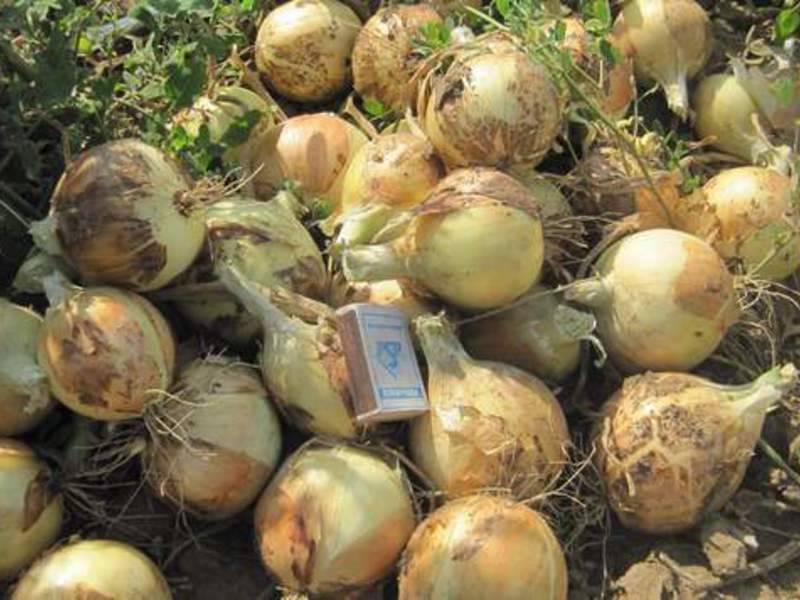
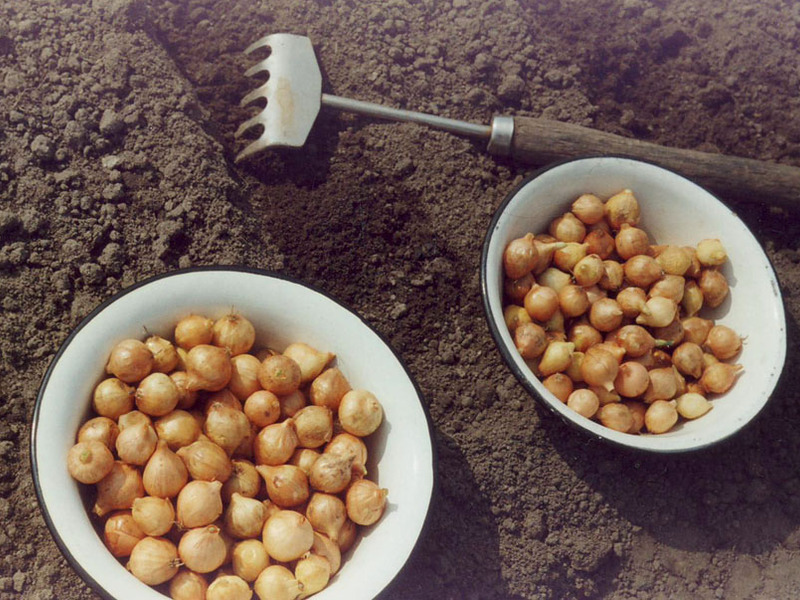
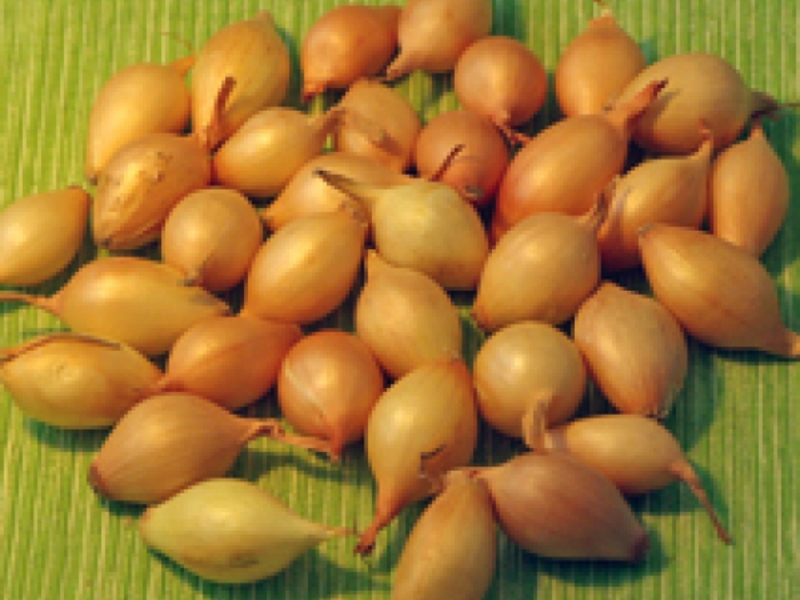
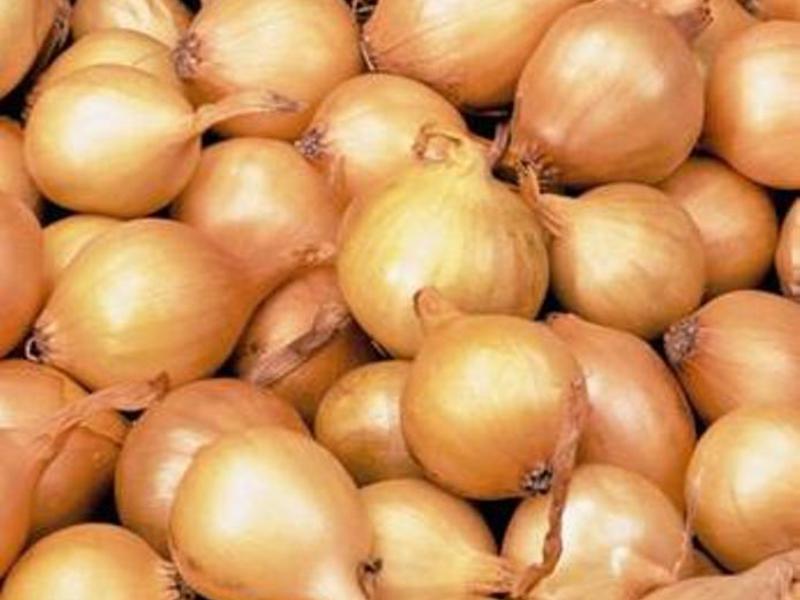
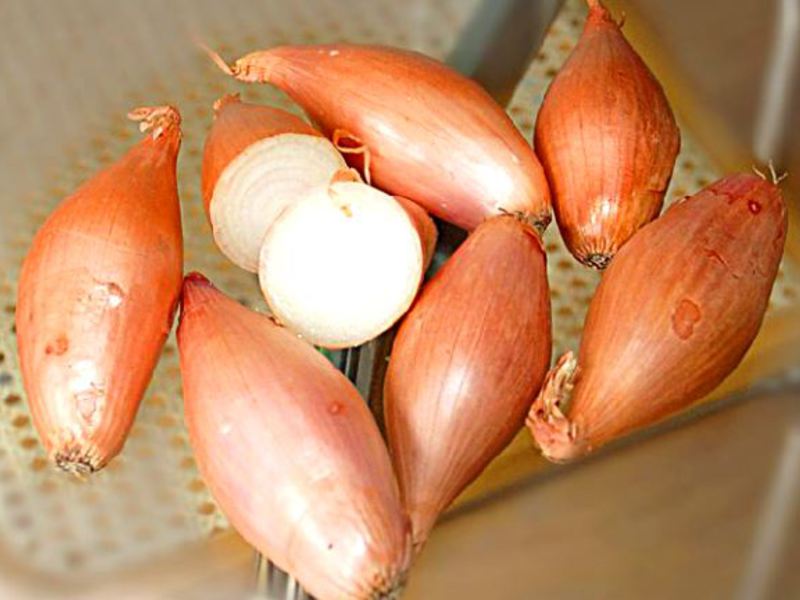
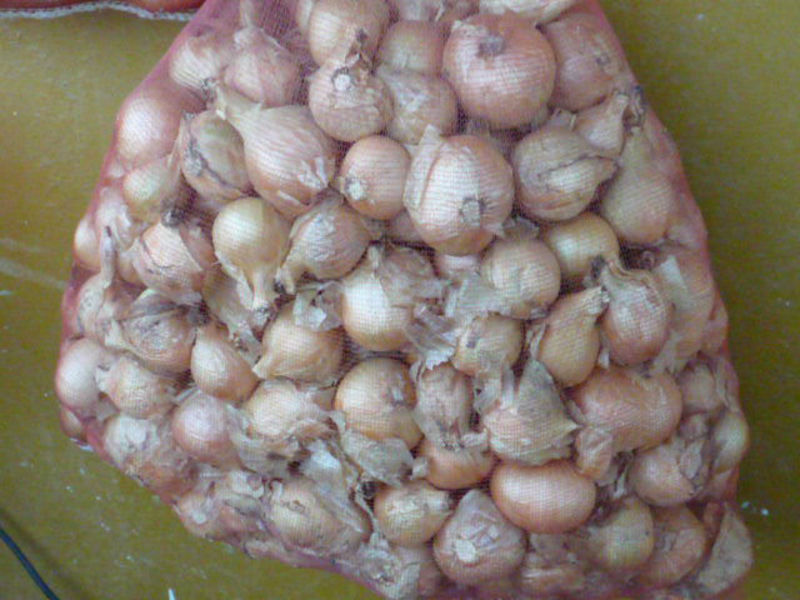
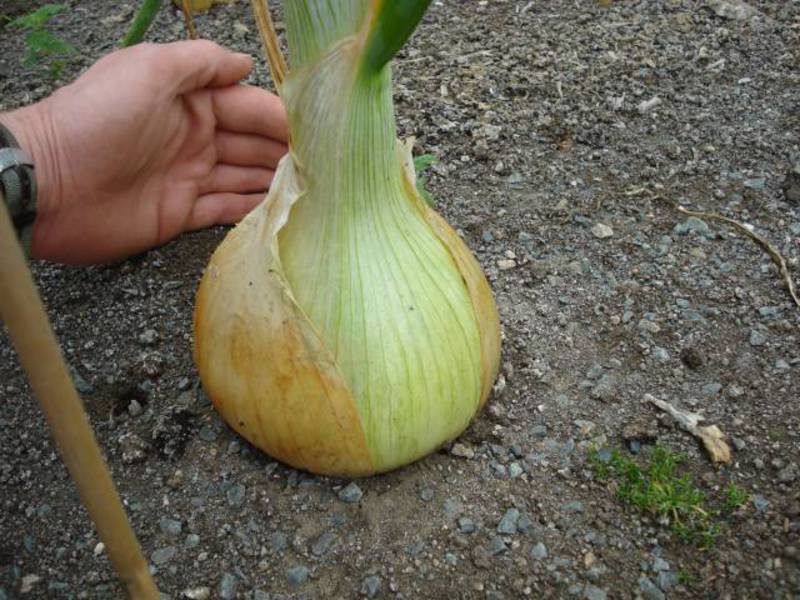
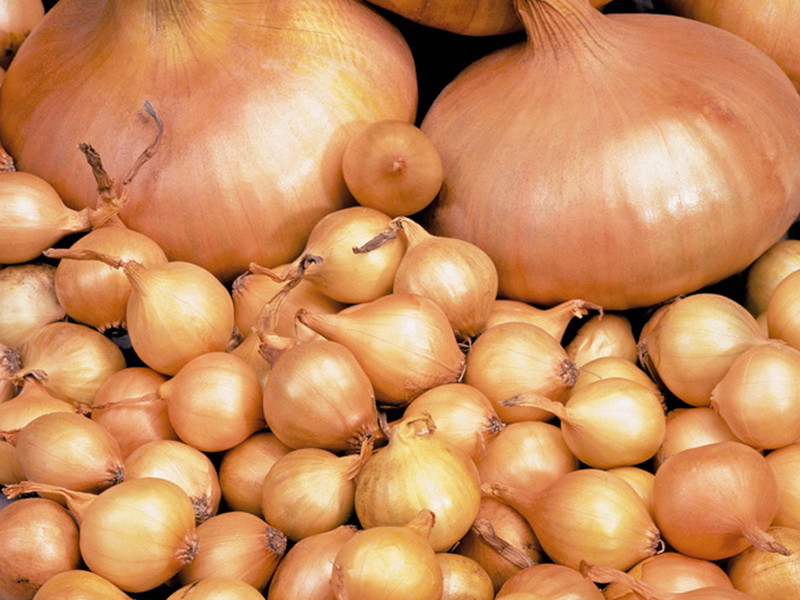
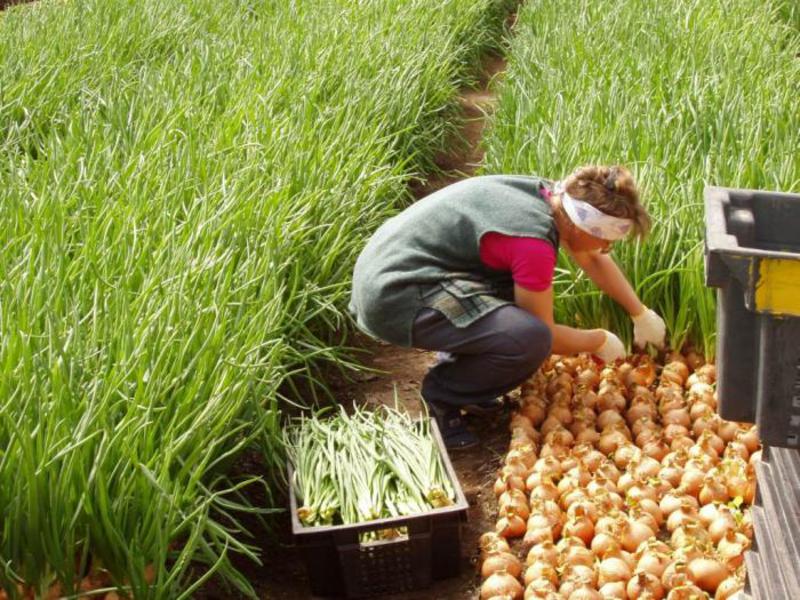
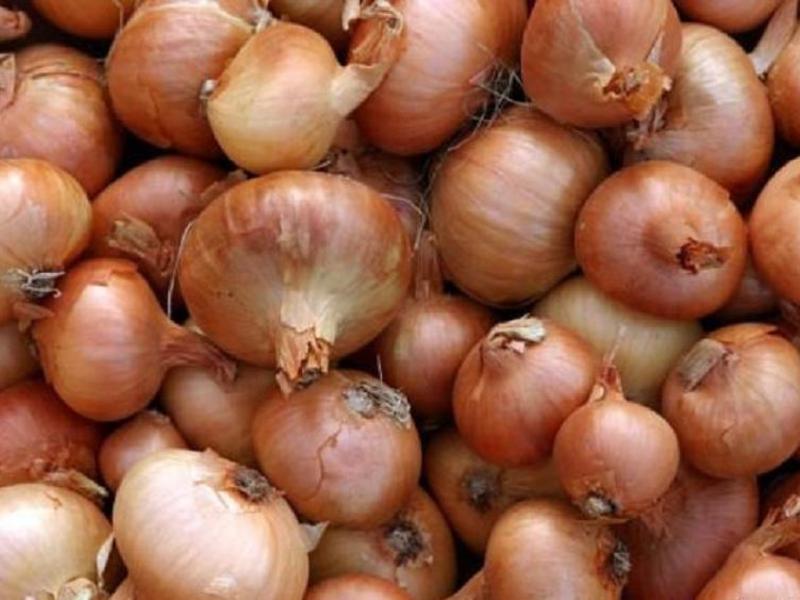
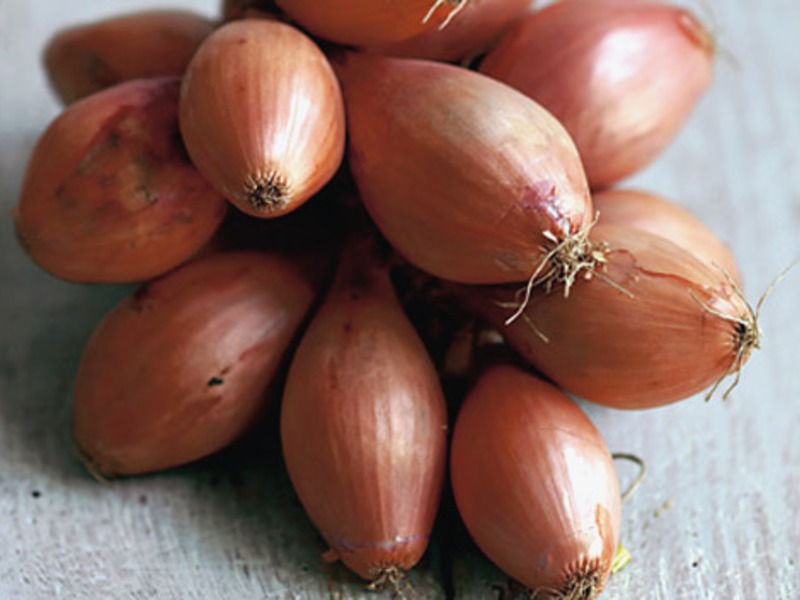

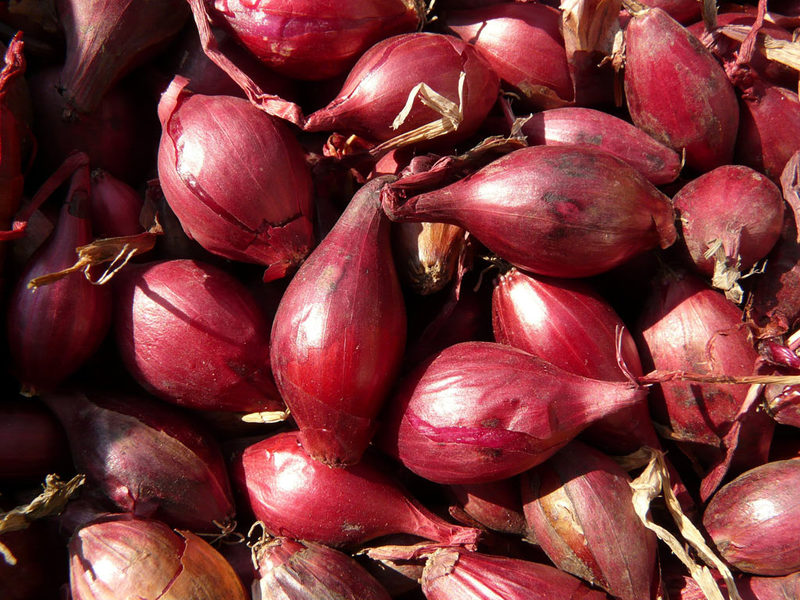
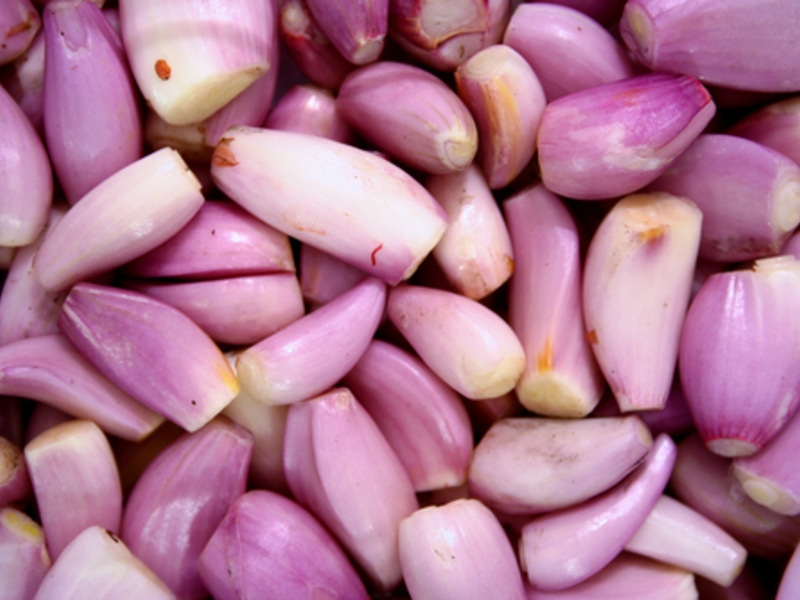

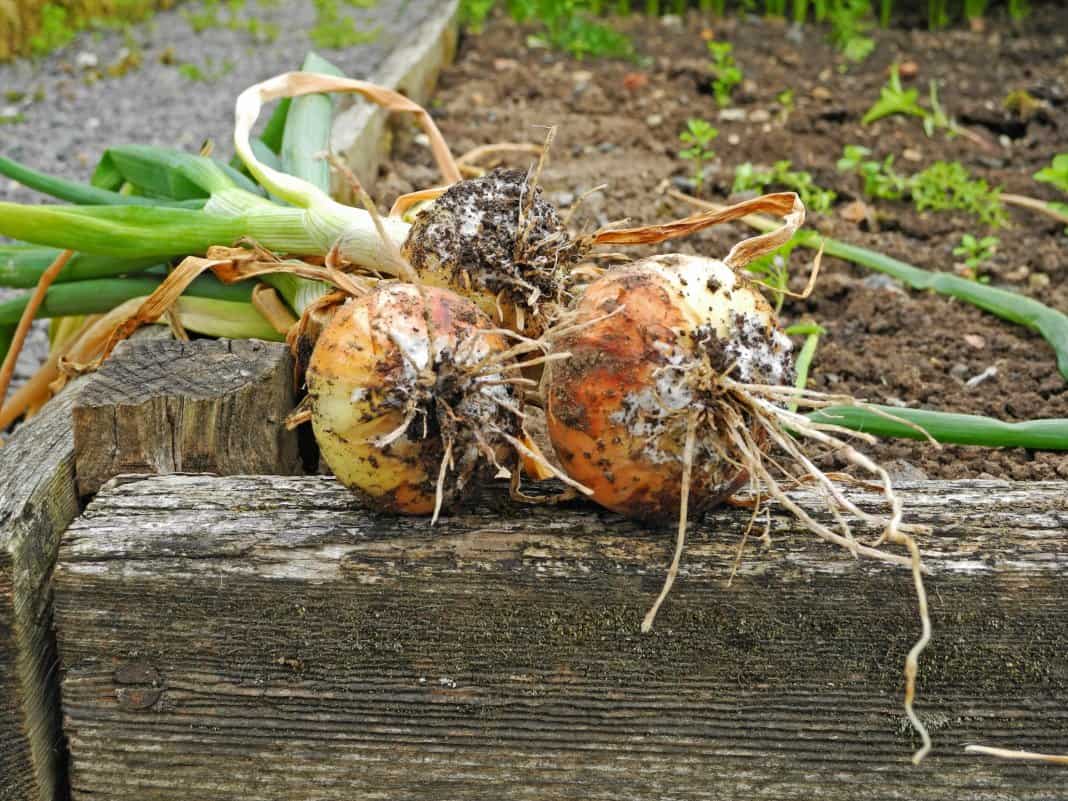
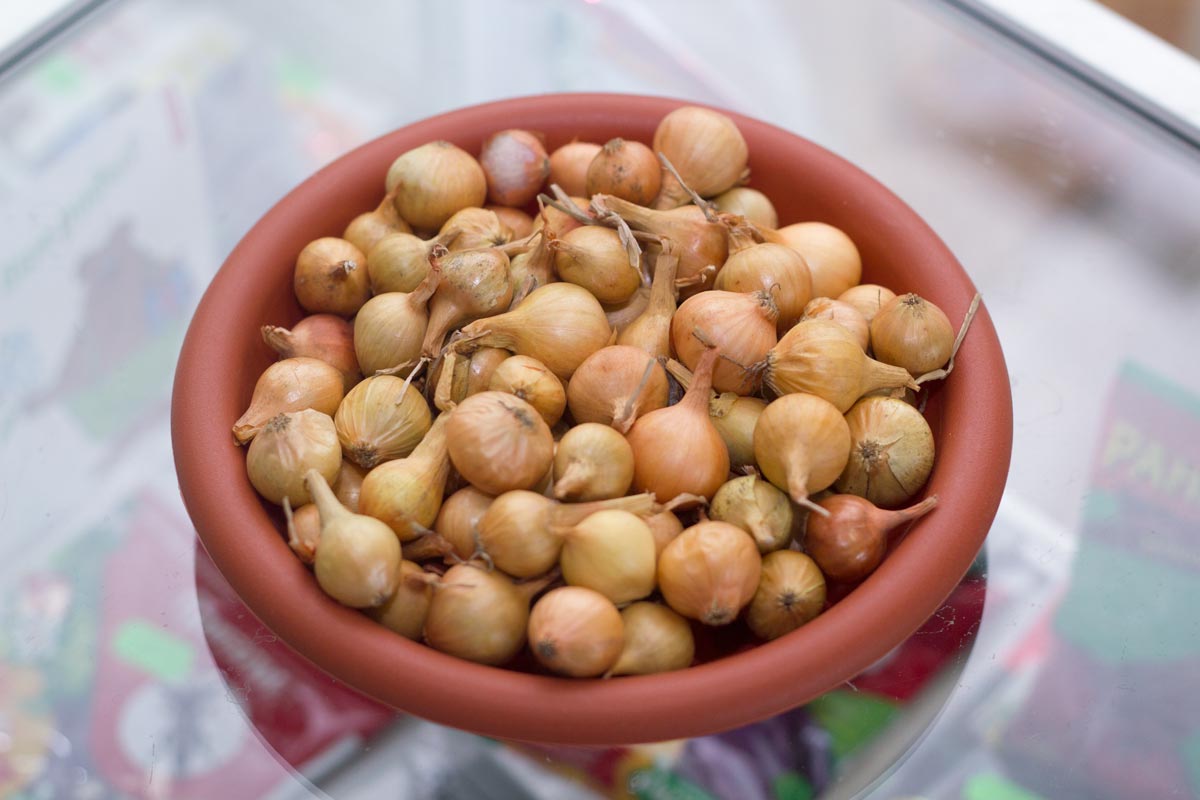
1 comment